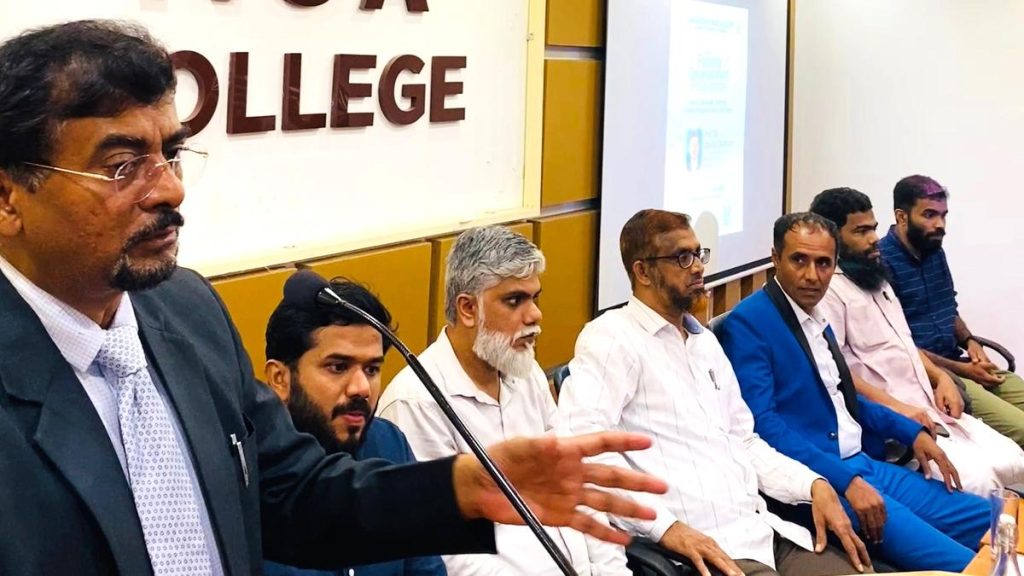Now Reading: Programmable Photonic Chips: Shaping the Future of Optical Technology
-
01
Programmable Photonic Chips: Shaping the Future of Optical Technology
Programmable Photonic Chips: Shaping the Future of Optical Technology

Quick Summary
- Ancient Background: Nonlinear optical processes like second-harmonic generation have enabled advancements in precision measurement and quantum computing as their discovery in the 1960s. However, these devices were traditionally limited to fixed functions determined during fabrication.
- Breakthrough: Ryotatsu Yanagimoto and colleagues at Cornell University developed a programmable photonic chip that uses external light fields to dynamically induce nonlinearity in a material, enabling real-time reconfigurability.
- Mechanics: The chip employs a multi-layer structure with silicon nitride and indium tin oxide electrodes. Structured green laser illumination creates conductive photoconductive zones that produce customizable,dynamic phase-matching gratings for nonlinear interactions.
- Demonstration: The researchers showcased the technology by programming the chip to spell out “cornell” using second-harmonic light modulated over time via structured illumination.
- Applications: Potential uses include quantum computing (adaptive architectures and tailored quantum states), ultra-fast optical communications, reconfigurable computation, and enhanced reliability by compensating for fabrication imperfections.
- Future Prospects: While currently modest in nonlinearity strength, performance is expected to improve significantly with future engineering efforts.
Indian Opinion Analysis
The innovation of programmable photonic chips marks a significant paradigm shift in optical science. For India, this could potentially open pathways toward high-tech industries reliant on precise optics-such as advanced telecommunications and quantum computing-a sector where its growing pool of talent can thrive. Additionally, the dynamic adaptability offered by such chips might enhance research scalability at indian institutions focused on applied physics or material sciences.
as India continues investing heavily in emerging technologies like AI-driven automation or quantum systems under programs such as Digital India or Quantum-enabled Science & Technology (quest), advancements like programmable nonlinear devices align strategically with its goals of technological sovereignty. Though, realizing commercial adaptations would require robust industrial collaborations globally for fabrication expertise-a domain where partnerships may accelerate India’s progress while providing opportunities for indigenized manufacturing capabilities.
This progress underscores optics’ evolution from passive systems into smart components capable of transforming industries globally. India’s challenge lies not just in adoption but leading innovation based on such cutting-edge breakthroughs.Read More here.























